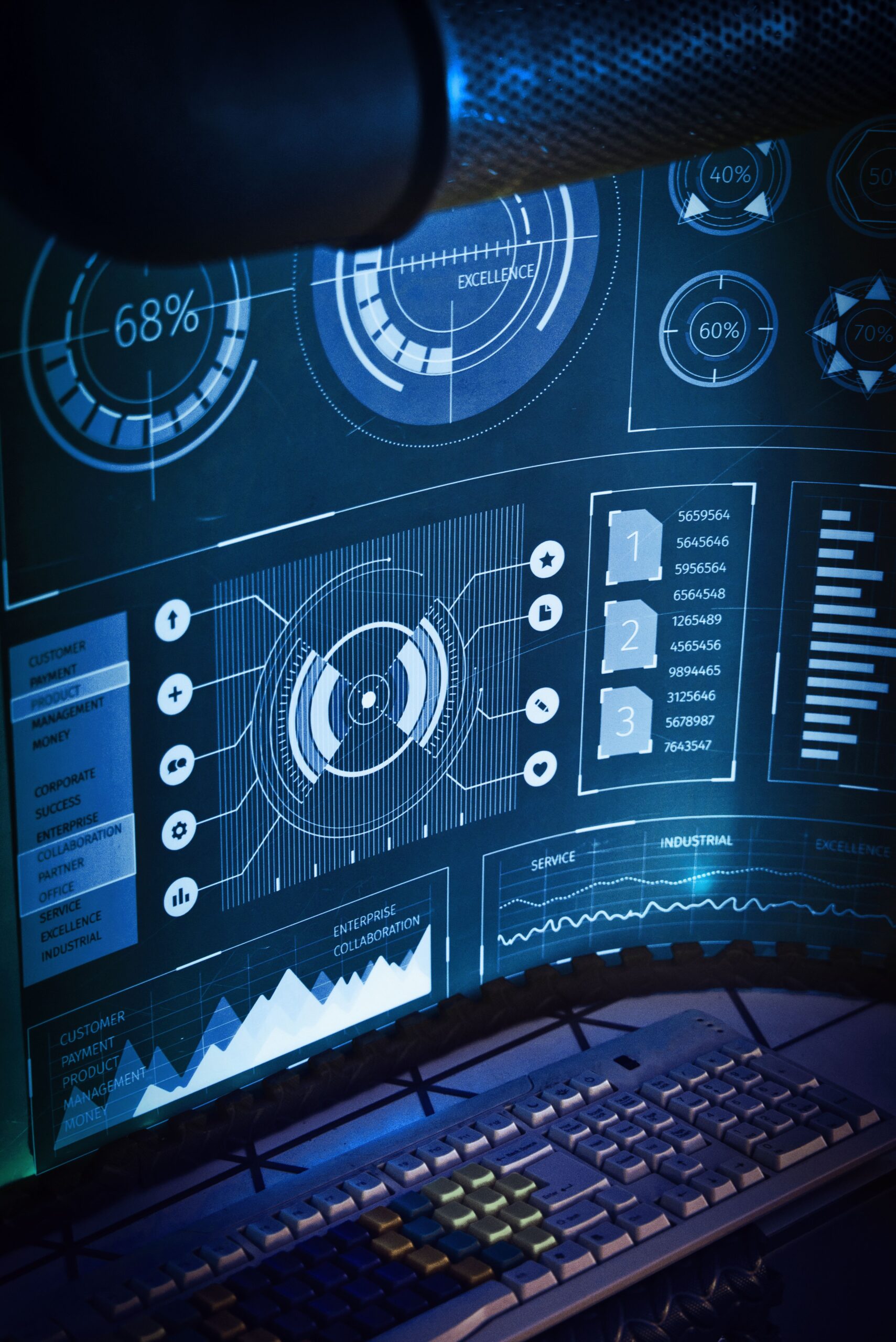SERVICES

The need for detecting, classifying and isolation of people and objects in live video frames sequence are becoming more on demand in retail, manufacturing, industrial and other sectors for a wide variety of applications including monitoring and survillance, customer experience and others.
Tracking people and objects through a unique ID across multiple video frames can solve many problems in computer vision applications including intrusion detection, lost items identifications and others without the use of biometric features and without compromising the privacy of citizens.
Segmenting and tracking the location and proximity of people, animals, vehicles and other objects using a combination of RGB images, point-cloud data from 3D cameras or Lidar are useful for a variety of applications rendering an accuate description of the surrounding environment.
In complex real-world settings where objects captured by a single sensor/camera are being partially or fully obscured by one another may require the use of multiple sensors/cameras at different postions and orientations to overcome blind-spot and noise problems that can arise as a result.
In some cases, the detection accuracy and performance of a single modality can be augmented by combining with other modalites (e.g., 2D/3D Camera, LIDAR, RADAR, etc.) which requires a complex fusion framework to match objects from data in different 2d and 3D point-cloud formats.
Solving a specific problem within a certain industry may also require bringing in and merging other non-vision sensor technology to capture other unique spatial characteristics of the physical environment including RFID, Bluetooth, and UWB to enable new AI technological innovations fueled by multi-source data points
For some applications such as vision for non-stationary moving vehicles, vision-AI models need to be optimized to run on edge-based devices in real-time mode which may require reworking a hardware-specific AI pipeline in a way that ultimately reduces latency and saves network bandwidth.
Integration of data from various sources may require an extensive degree of complex data morphing, processing and transformation for the purpose of driving unique insights and informing various levels of operational decisions critical to the end application in focus
Fore the deployment of AI-powered systems, the system overall along with the underlying components need to be subject to stringent testing, verification and validation based on an extensive library of scenarios defined by the final application goals and obejctives
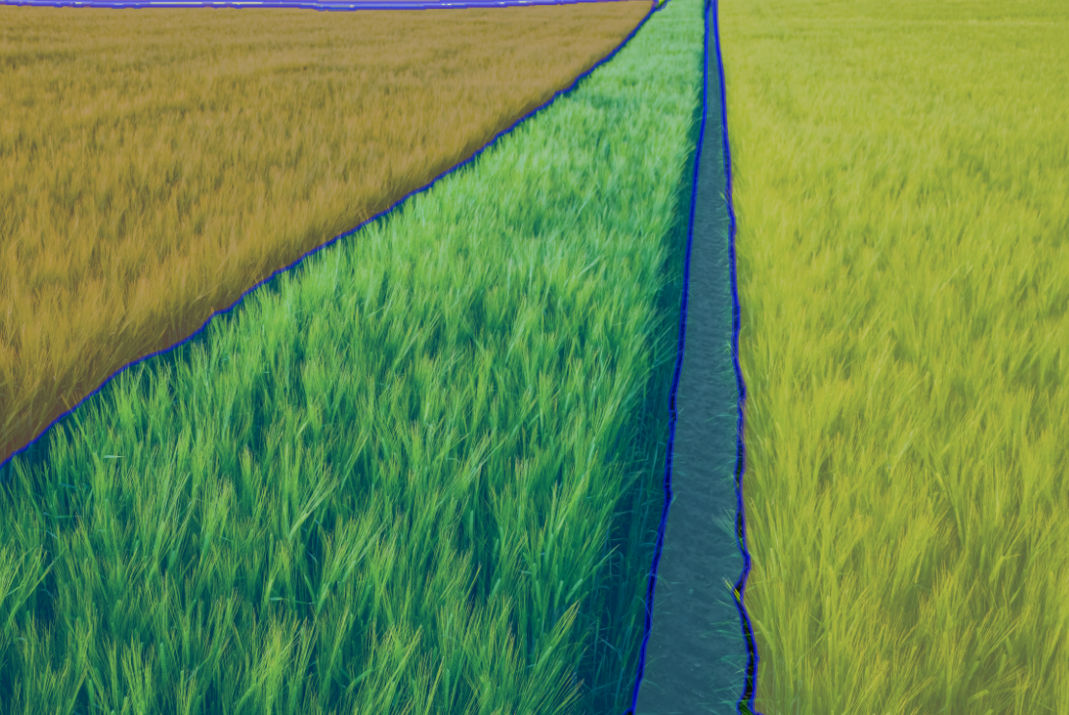
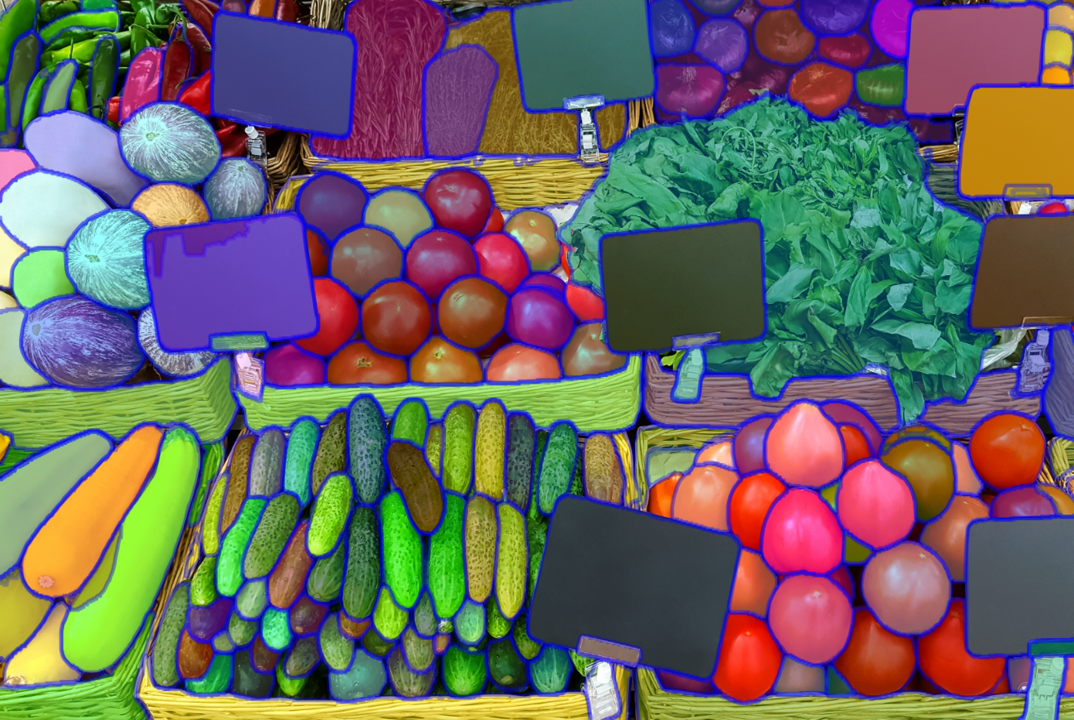
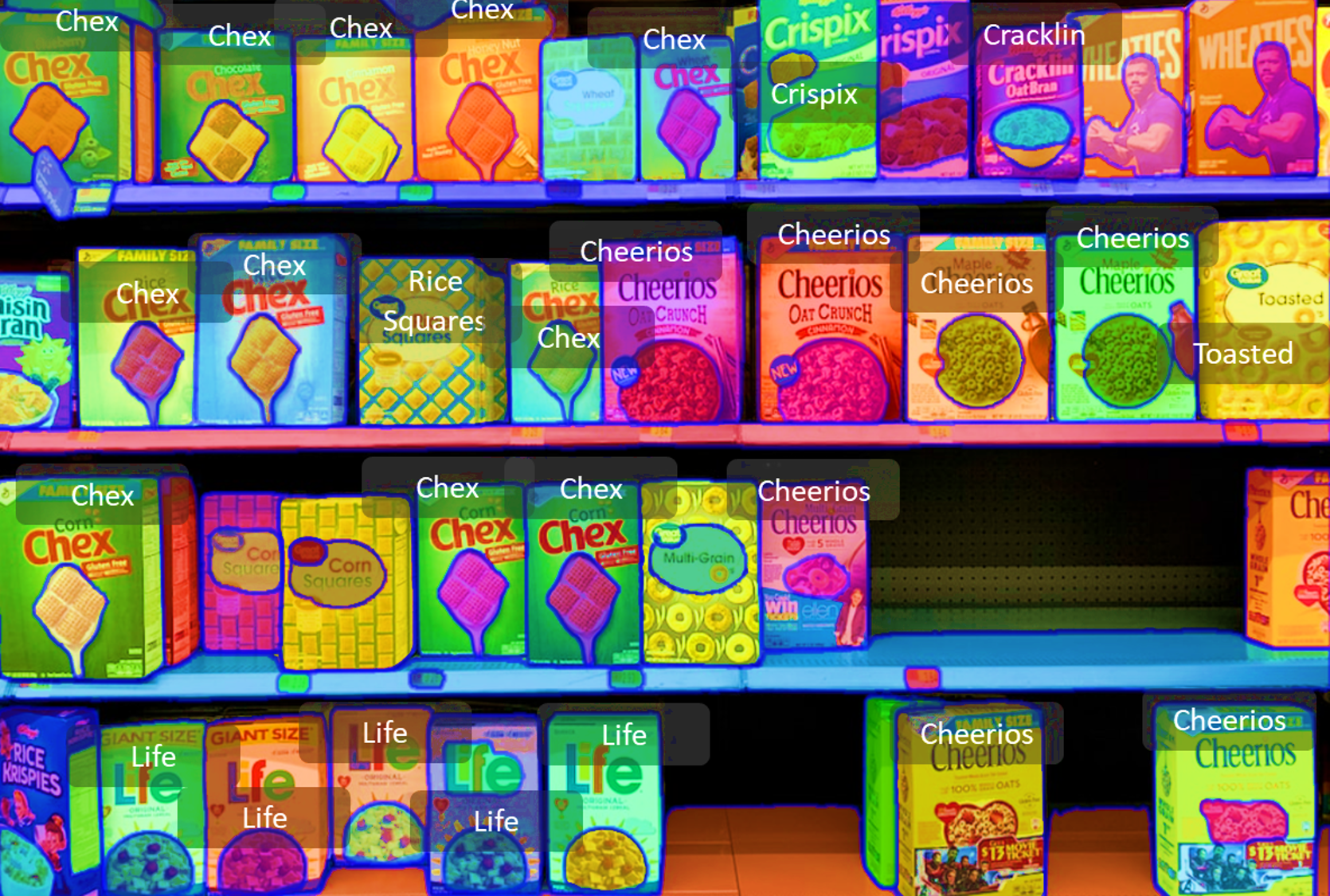
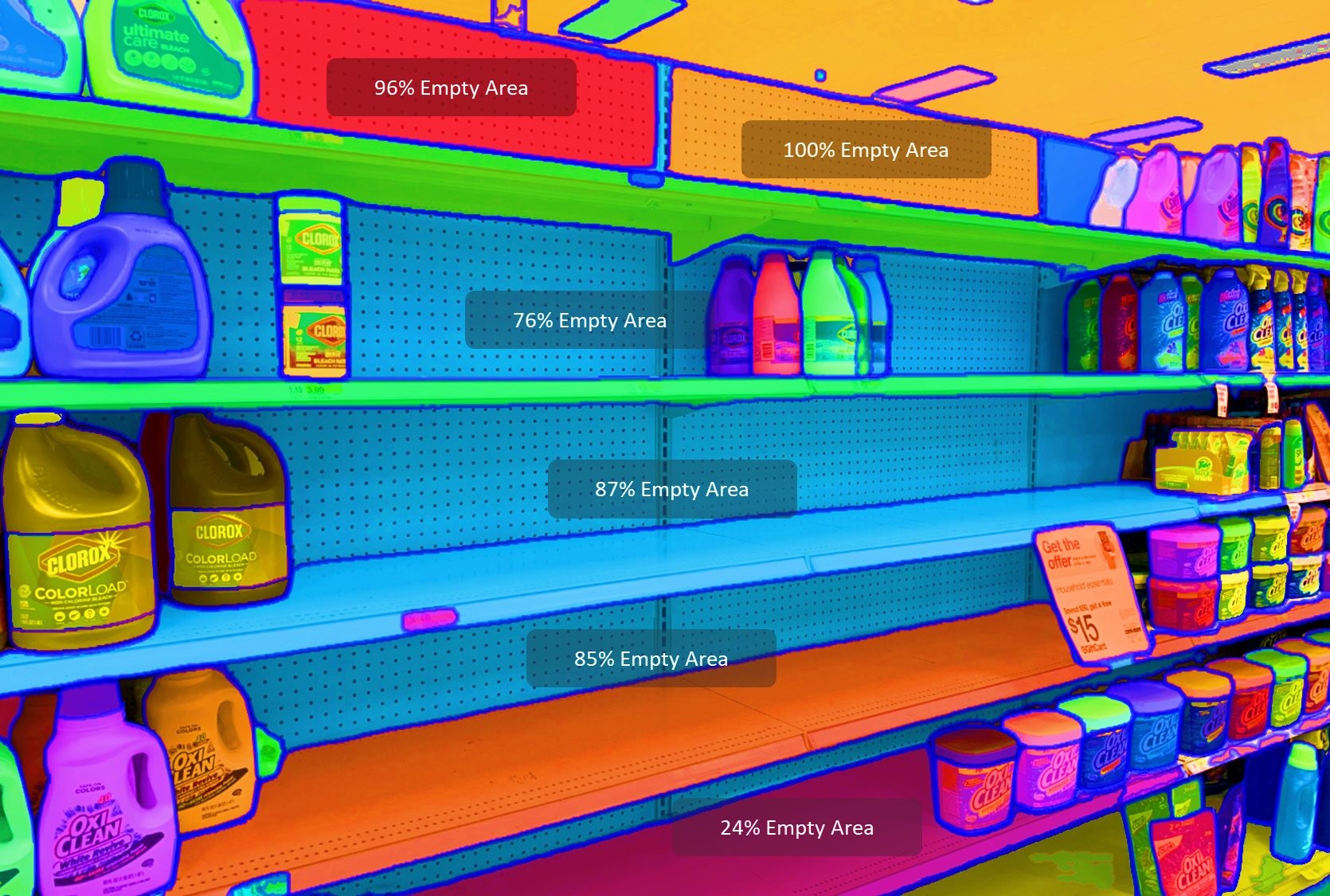
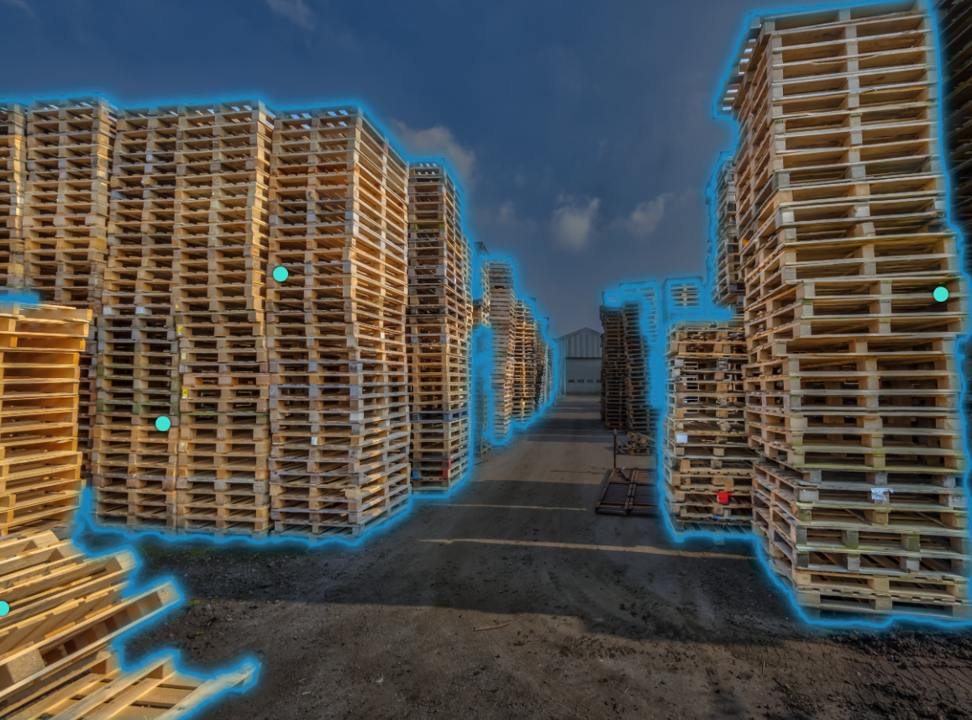
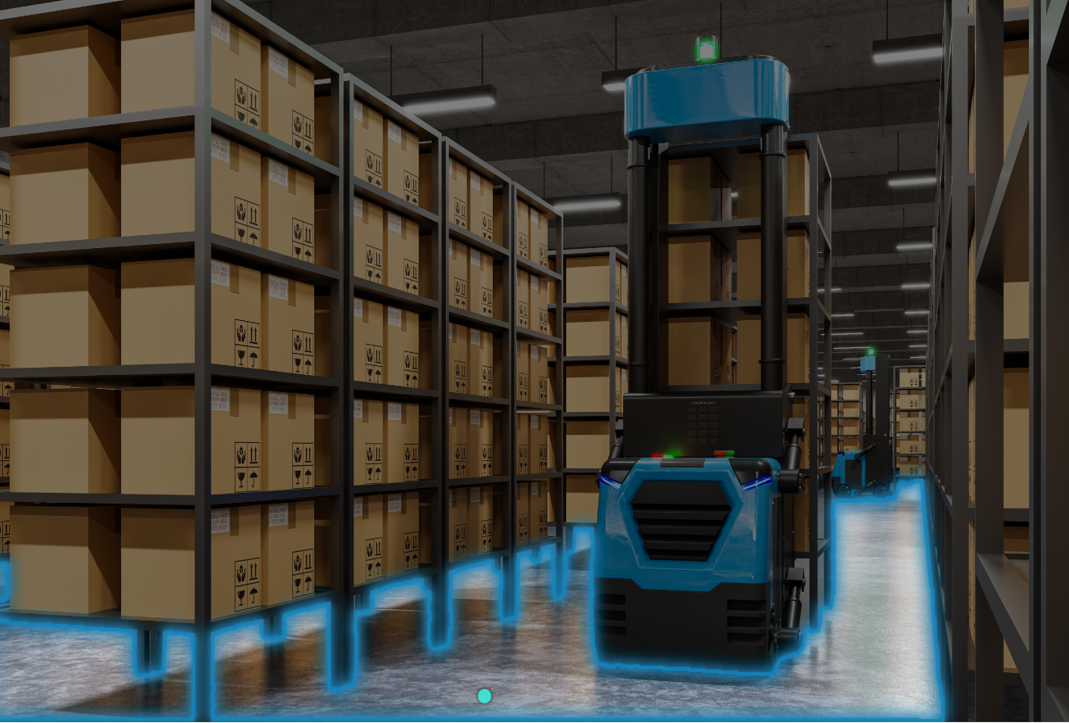
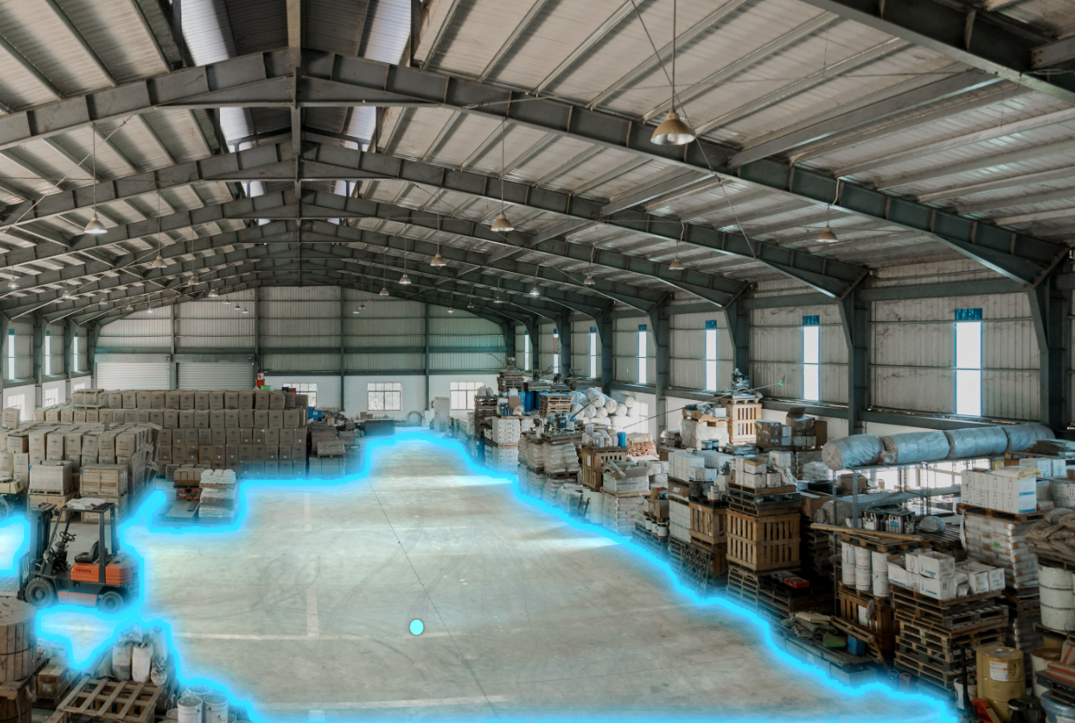

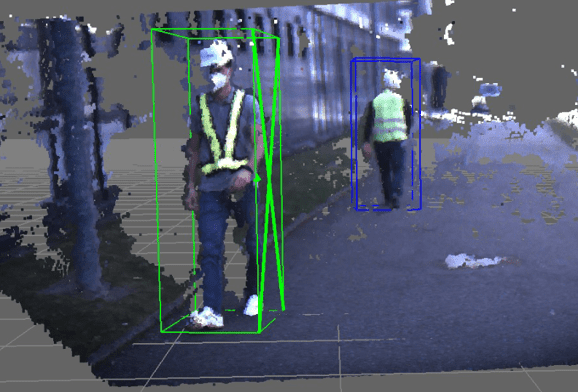



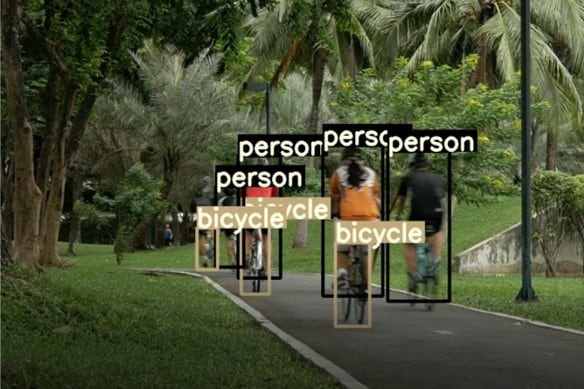
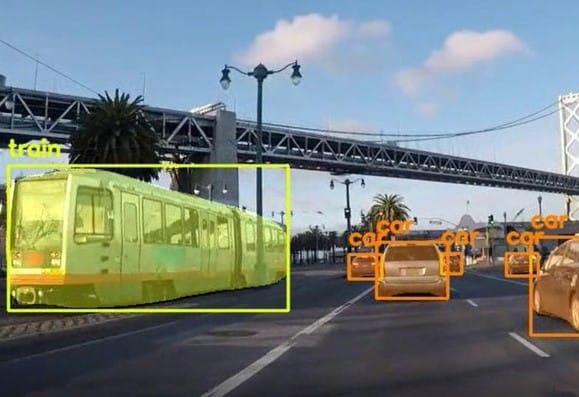
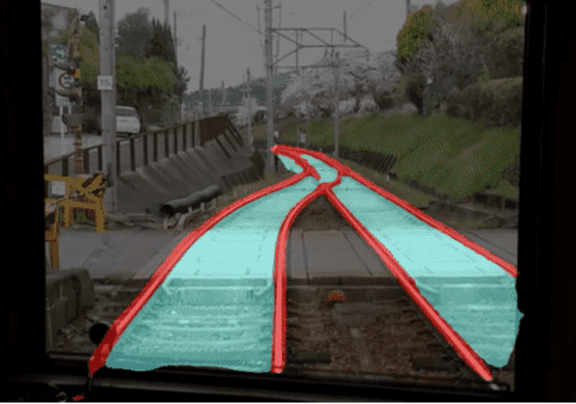
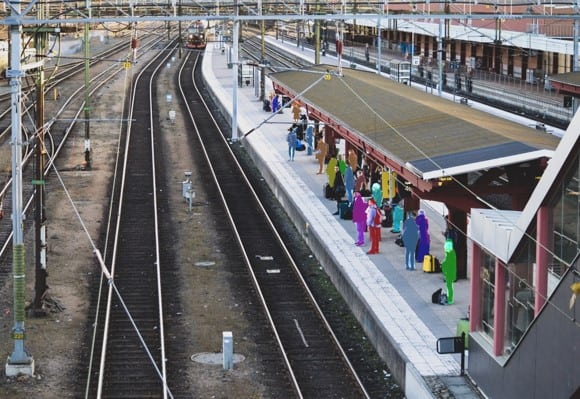
With the increasing need for automation and autonomous systems in industrial applications, Cognistics aims to deliver on the promise of AI to ensure safety, provide reliability and maximize productivity in the next-generation of those systems
To harmonize GPU-Based Vision AI with advanced 3D sensing technologies to attain and maintain spatial awareness of multilayers of intelligence in applications where safety and productivity dimensions are essential to the industry in focus
Adhering to the highest standards of ethical AI with deep respect for personal data privacy and confidentiality and in alignment with the fundamental values of individual human rights including fairness, non-discrimination, and non-manipulation
Armed with AI knowledge, creative thinking and cooperative technological orchestration, we aim to accelerate the progress of AI through a new generation of deep-learning models that power automations and autonomous systems of tomorrow and create a better future for mankind
